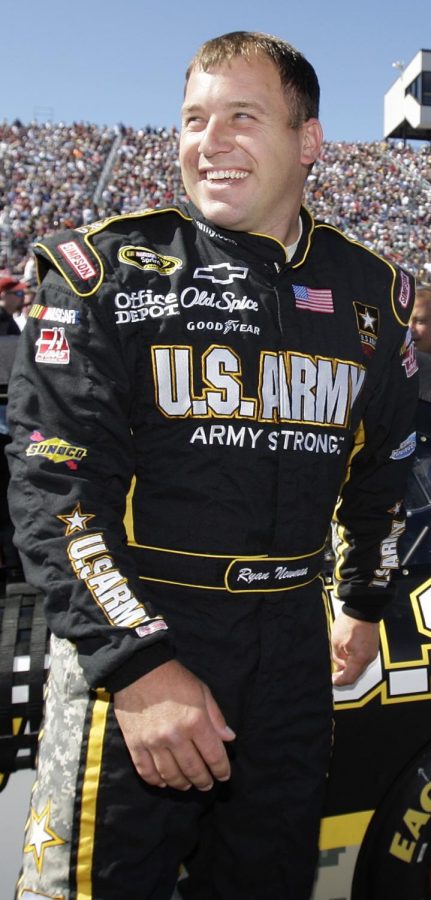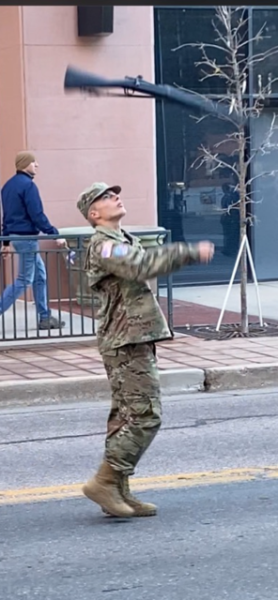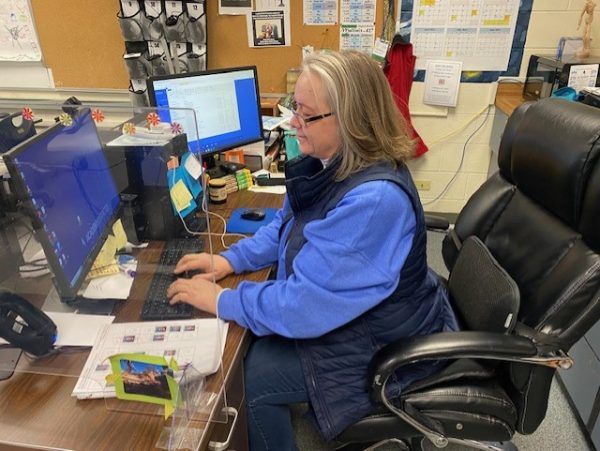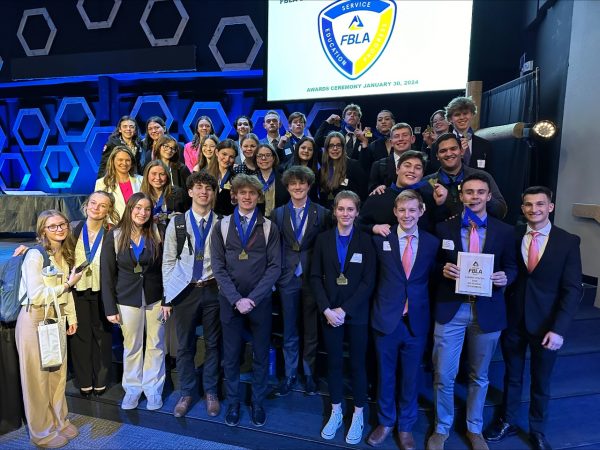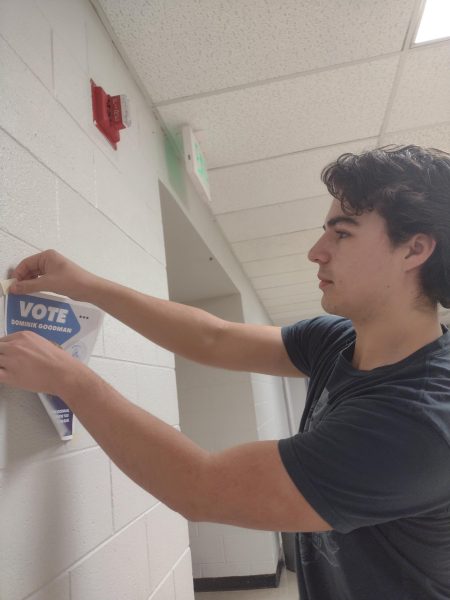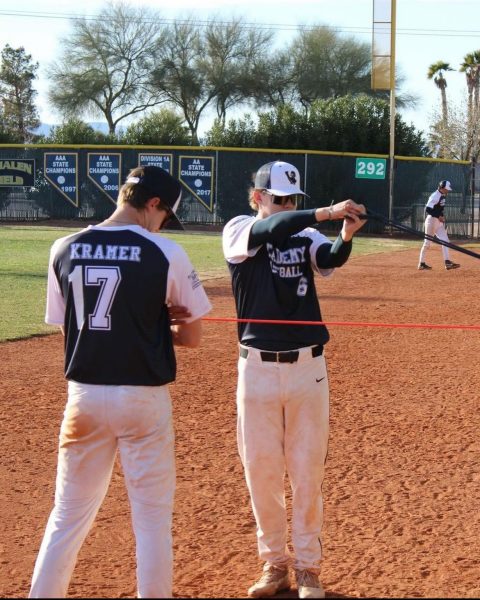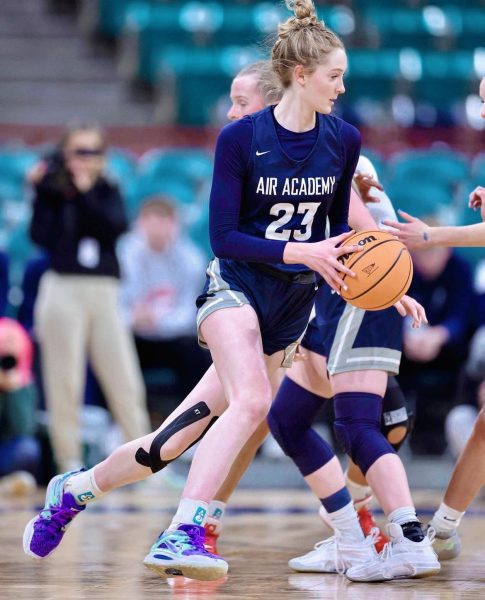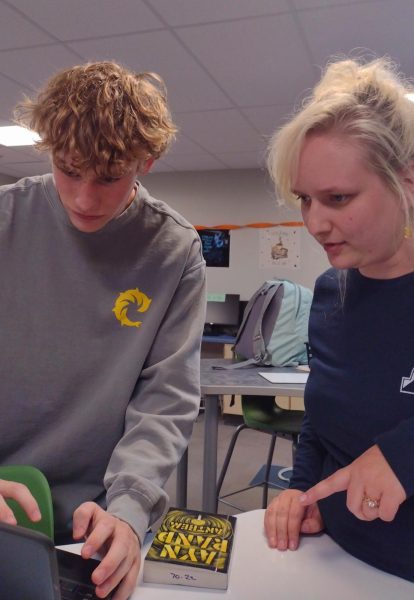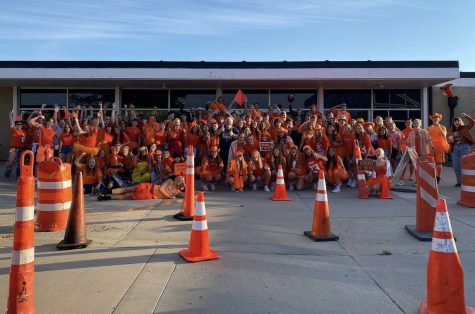NASCAR Driver Ryan Newman is Still a Champion
As Ryan Newman’s destroyed number six Ford, with Newman trapped inside, laid upside down a few hundred feet past the finish line at Daytona International Speedway on Monday, February 17, the entire NASCAR (National Association for Stock Car Auto Racing) community collectively held their breath.
The stunned silence of fans, commentators, and fellow drivers alike spoke volumes to the perpetual fear of losing another NASCAR driver in a last-lap crash at Daytona, almost nineteen years to the day that the world lost seven-time champion Dale Earnhardt in 2001.
Miraculously, track paramedics pulled Newman from what remained of his race car, and he was transported via ambulance to the nearby Halifax Medical Center in Daytona Beach, Florida.
After several hours in the Intensive Care Unit, Newman’s race team, Roush Fenway Racing, released a statement indicating that Newman sustained only non-life threatening injuries. The community was thrilled with the news of Newman’s condition and couldn’t have predicted what happened next.
Ryan Newman walked out of the hospital two days later with his 2 daughters by his side. This symbol of strength perfectly summed up Newman’s career characterized by determination, dedication, and pure toughness.
Although NASCAR has lost some of its popularity in recent years, these stories of inspiration continue to reach people outside of the sport and often introduce people to the intense atmosphere of professional motorsports.
Air Academy science teacher and varsity football coach Scott Grinde saw Newman’s fiery crash at Daytona while watching highlights of the race, “I don’t think there’s any question about it, the crash was horrific to watch, and for anybody to come out of there alive, let alone walk out of the hospital two days later under his own power is phenomenal.”
Although Newman’s story may not seem to pertain to the Air Academy community, any source of inspiration, whether it’s a survival story like Newman’s, a heroic act by a firefighter or police officer, or a simple kind act by a random stranger, has the potential to impact a community.
Newman’s nickname, the “Rocketman,” originates from his infamous driving style of refusing to give up any position, whether he’s running first, or thirty-fifth. Newman refuses to give up on the track. Although fans everywhere were waiting in anticipation for an update on his condition on that late Monday night, it shouldn’t come as a surprise that Newman was going to fight as hard for his life as he fights for every position on the racetrack.
Ryan Newman is the only driver in NASCAR history to receive a college degree, graduating from Purdue University in 2001 with a degree in engineering. According to analysts and NASCAR officials alike, Newman played a key role on his survival. After a 2009 crash at Talladega Superspeedway, a track similar to Daytona International Speedway, Newman lobbied NASCAR to implement an additional structural component to the steel roll cage protecting the drivers in an event of a rollover crash.
The new design became a requirement for NASCAR race cars in 2013. Ironically nicknamed the “Newman bar,” this simple structural component likely saved Newman’s life.
Although safety changes, big and small, are consistently added to NASCAR race cars virtually every year, NASCAR officials and engineers alike can’t afford to be complacent with Ryan Newman sustaining a head injury as opposed to losing his life. Safety additions should be added proactively, instead of waiting for a fatal tragedy, or a driver injury that takes them out of contention.
Safety additions in NASCAR aren’t limited specifically to a structural addition to the roll cage, a reinforced seat, or sheet metal flaps that deploy on the roof and hood of the race car in an effort to prevent rollover crashes. SAFER (Steel and Foam Energy Reduction) barriers have been implemented into all thirty tracks that NASCAR visits annually in the hope that violent collisions with the wall will be dampened, hopefully preventing driver injury.
The SAFER barrier system has been put to the test numerous times since it’s initial introduction to select NASCAR circuits in May 2002, with one incident standing out in particular.
In April 2008, driver Michael Mcdowell was guiding his number 00 Toyota around Texas Motor Speedway during qualifying at speeds in excess of 185 MPH. As he entered turn one in his second qualifying lap, Mcdowell began to lose control, the rear of the car slid out to the right, and Mcdowell sawed on the steering wheel in an effort to save the car, and prevent a crash. When Mcdowell turned the steering wheel hard to the right to steady the car, he turned the wheel too much. The rear tires momentarily stopped the scream of rubber sliding across the asphalt and produced the mountain of smoke, and gained some grip. Mcdowell’s steering wheel was already turned to the right, and the car hooked right, slamming into the newly added SAFER barrier, flipping the car at least eight times before coming to rest on its wheels in a fiery heap of metal.
Mcdowell walked away from the crash, and returned to racing the next day, largely thanks to the new SAFER barrier, absorbing the impact of a 2400 pound race car head-on at 150 MPH.
But for every story with a happy ending, another ends badly.
In 2015, now two-time NASCAR champion Kyle Busch was racing in the lower series of NASCAR at Daytona International Speedway in an effort to gain experience for the upcoming Daytona 500. With 9 laps to go, a “chain-reaction crash” occurred, where one spinning driver causes most cars in the 40 car field to subsequently crash. Busch was behind the initially spinning driver, and in the process of avoiding the ensuing carnage, Busch spun to the left immediately after the Start/Finish line, and his number 54 Toyota plowed head-on into the inside wall at unthinkable speeds.
Busch broke his right leg and left foot in the crash, but was lucky that amputation wasn’t required, or his life wasn’t lost. The main reason Busch sustained these injuries that kept him out of his race car for over half of the 2015 season is because of the specific portion of the inside wall that he hit.
Although the SAFER barrier project applied to all 30 tracks, only the entire outside wall and most areas of the inside wall were required to be changed. Busch happened to hit one of the only areas of the entire track that hadn’t yet been converted from concrete to a steel/foam wall system.
Busch’s crash prompted fast change, and the patch of concrete he crashed into was quickly converted to the SAFER barrier system.
NASCAR needs to eliminate their tendency to wait until a fatal crash or serious injury to make safety changes, and with Newman’s survival of his crash in this year’s Daytona 500, this goal might just be completed.
Ryan Newman is planning on returning to NASCAR competition later in the 2020 season, but for the meantime, upcoming driver Ross Chastain will continue to pilot the number 6 Ford Mustang until the “Rocketman” returns to the track to compete for wins week after week.

Hey everyone, my name is Sam and this is my second year working on the Jetstream and my first as an Editor. To be honest, I'm still wondering why Ms. Anderson...



